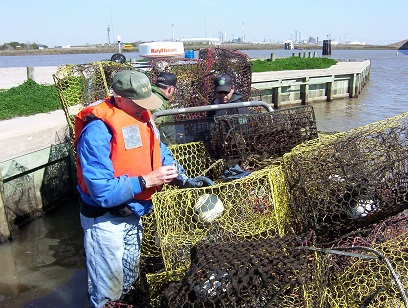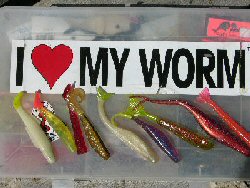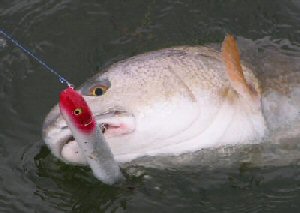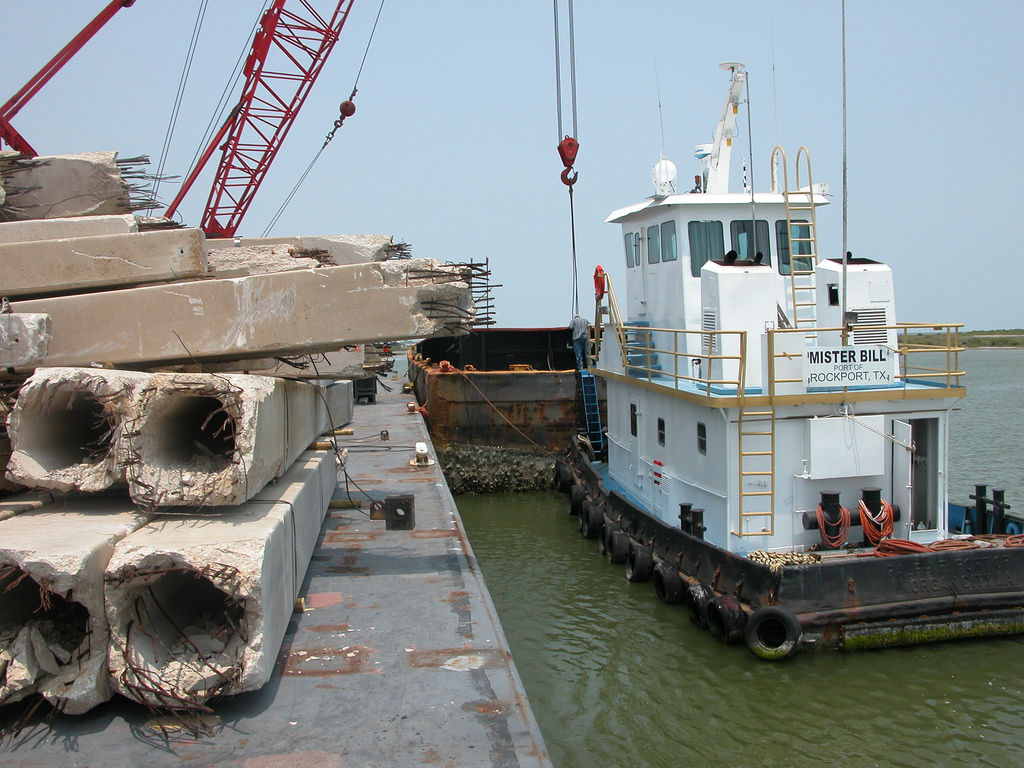2017 Crab Trap Cleanup
Thursday, February 2nd, 2017This is Passport to Texas
Commercial crab fishermen use baited wire traps to lure their prey. Sometimes traps end up missing due to storms, or they are simply discarded.
These traps continue ghost fishing for months or years—capturing fish and other marine creatures, including endangered species—taking an environmental and economic toll on gulf fisheries.
In February of 2002, Texas Parks and Wildlife conducted the first abandoned crab trap removal program; and 2017 marks the 15th cleanup. During a 10-day period this month, volunteers like you, will join Texas Parks and Wildlife staff and partners, in removing derelict traps.
This year’s cleanup is February 17th through the 26th. The big cleanup “push” is Saturday, February 18 from 10 to noon. This is the only time citizens may remove these traps from gulf waters.
More than 32,000 derelict crab traps have been removed from the gulf since 2002, saving tens of thousands of marine organisms.
Texas Parks and Wildlife and partners facilitate roughly 20 sites coast wide and provide disposal facilities, and supply volunteers with tarps, gloves, crab trap hooks and other items.
To volunteer for this year’s program visit the Abandoned Crab Trap Removal page on the Texas Parks and Wildlife website.
The Sport Fish restoration Program supports our series.
For Texas Parks and Wildlife, I’m Cecilia Nasti.







 Passport to Texas is a
Passport to Texas is a  Passport to Texas is made available by:
Passport to Texas is made available by: